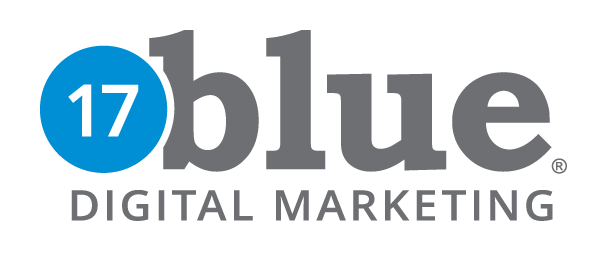Interview Intel:
Making Every Quote Count
One of my favorite icebreakers I use when getting to know someone is my experience auditioning for American Idol, the long-running talent search and reality television show. My peers went all out in their appearance, sporting everything from blue hair to prom dresses. I was dressed like I was going to a job interview. When it came time to sing for the judges, the tone-deaf girl with a beauty queen crown went through to the next round while I was told I had talent but not enough flair.
Finally landing an interview might feel like your chance to take the stage and show some pizzazz. With your journalist as your judge, your press release is the warm up you need before you hit the high notes. But all the hard work and hopes you have of increasing your company’s exposure through the press can all come crashing down in a single bad interview.
An interview is not an audition. It is not about you. It’s about your business and the newest product, latest endeavor or big change you want people to know about. In order for your interview to have the greatest impact while maintaining yours and the company’s integrity, there are a few you things you should do.
- Be prepared. A good journalist is going to do their homework before they get there. You should do the same. Understand the kind of publication in which your story will appear so you can tailor your message to the right audience. Your press release gave a summary of what you want the journalist to know, but the interview will give you the chance to expand on your information. Make notes of the facts you don’t want the reporter to leave without and have a copy for them as well.
- Be professional. As far as the press is concerned, whoever is chosen as the key person or persons to be interviewed automatically becomes the face of the company. Image is everything. Obviously, the interviewee should be dressed in proper attire, especially if it is for television, but image also includes behavior. If an appointment time is set between you and the reporter, make it your goal to be at least 5 minutes earlier than that. Typically, they are working on a deadline, and every minute you’re late is another minute they could spend on making your story better.
- Be quotable. I can assure you, nothing is worse than interviewing someone who will only give yes or no answers or speaks in clichés. Whoever is chosen to speak with the reporter, whether it’s the CEO or the janitor, needs to be willing to have a conversation. It’s natural to feel a little nervous when speaking on behalf of an entire business, but giving the shortest answer possible is not the way to go. If the reporter is doing his or her job correctly, they’ll be doing their best to make you comfortable, but they can’t force you to talk. This is where your preparation will be key. When you go in already knowing some of what you want to say, it will be easier to speak about and explain it to the journalist. In our soundbite-driven world, you’re quotes are worth more than the story that surrounds it. Weigh your words carefully but don’t shut down completely. Also, if there is a singular idea or fact you want to focus on, talk about it more than once. Answer the questions the reporter has, but always circle back to your main idea. It helps us to know what to frame the story around.
- Be curious. We, as journalists, know you may have an image of our jobs resembling that of Clark Kent at the Daily Planet. More than likely, however, this is not the case. Don’t be embarrassed to ask questions, especially when it comes to your story. We aren’t offended if you want to know when the article will be published. We don’t mind sending you a few questions before we come so you’ll have an idea of what we’re looking for. We want the interview to go just as smoothly and comfortably as you do.
After your interview is done and you’re waiting in eager anticipation, there is one more step in securing future articles and stories with your reporter. Don’t miss the final segment in this series, “Friendly Follow-Up” to learn what to do after you’re piece is published.
Series Part 1: Relationship Reform | Part 2: Pitch Perfect | Part 4: Friendly Followup



